Assisted Reproductive Technologies are not an exclusive fertility alternative for heterosexual couples and more and more same-sex couples are accessing them to have a baby. The ROPA Method in Mexico is one such option, which has allowed thousands of women and their partners to experience shared motherhood by becoming both biological mothers.
In Mexico, same-parent families, defined as those formed by same-sex couples raising biological or adopted children, are on the rise, according to various reports.
The “traditional family” model is becoming less and less common in Mexico and worldwide
According to the National Survey of Families, elaborated in 2015 by the UNAM, the traditional family model -mom, dad and children- has been transformed, as there are currently at least 17 types of families, with different ways of relating to each other, which have evolved over time.
Also, according to a 2020 bulletin of the National Institute of Statistics and Geography (INEGI), 10 years after the legal recognition of equal marriage at the national level, same-sex marriages in Mexico have increased fivefold, from only 689 in 2010 to 3,359 in 2020.
This, together with single-person households and childless couples, has led to the creation of new family models.
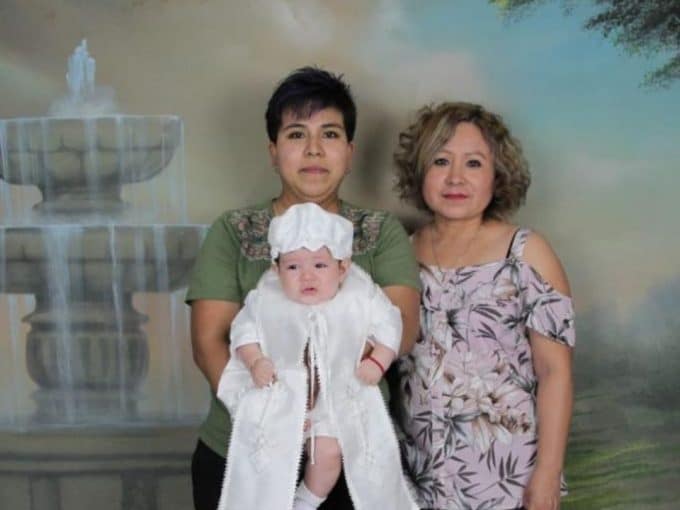
Same-parent families and households in the United States
Another sign of the transformation of the traditional family model worldwide is the growing number of same-sex households in the United States. According to information from the US Census Bureau, by 2019 there were more than 1 million same-sex couples living together in the United States, in addition to 191,000 children living in them.
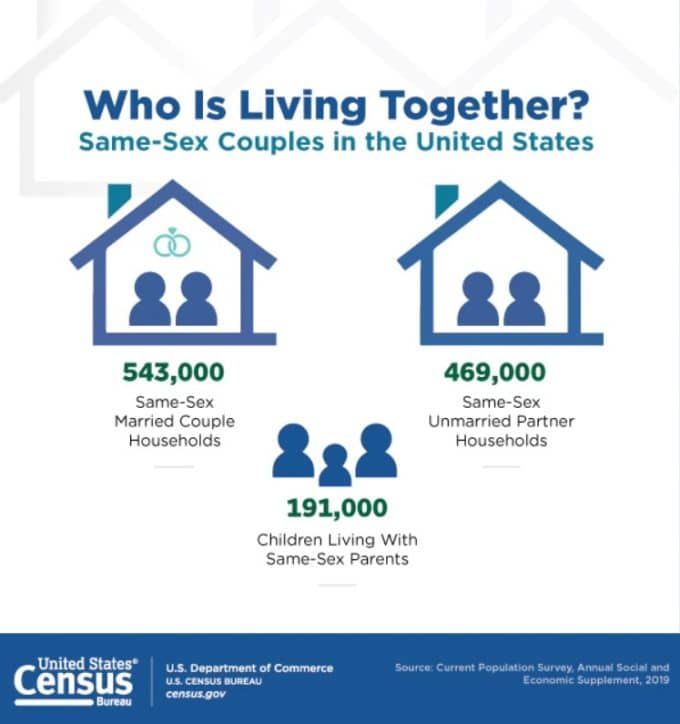
ROPA Method: One baby with 2 birth mothers
Nowadays, Assisted Reproduction Technologies are not an exclusive fertility alternative for heterosexual couples, they have also become a way for female couples to have a baby 100% of both, through the method of Reception of Oocytes from the Couple (ROPA Method).
What is the ROPA Method?
Also known as Shared Parenthood, the ROPA Method is an Assisted Reproduction treatment to have a baby through the technique of In Vitro Fertilization (IVF) to form an embryo with the egg of one woman, which will then be implanted and gestated in the womb of the other.
In this way, one of them becomes a genetic mother by contributing her egg, and the other a gestational mother, meaning that both will be the biological mothers of the baby that will be born nine months later.
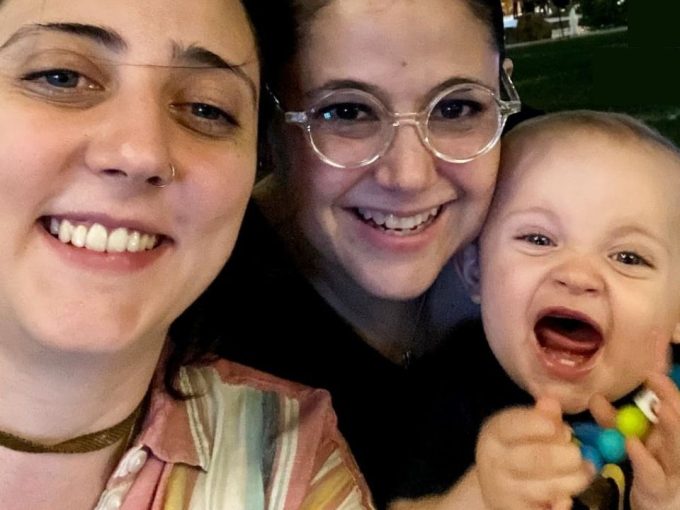
You may be interested to read here the story of Marilú and Karla, and how they got their little Camilo.
The ROPA Method is one of the newest fertility techniques currently in use, as only between February 2007 and June 2009 the first procedures with this method were carried out in institutions in Barcelona and Valencia, Spain, with successful results of babies for both mothers.
ROPA Method in Mexico to have your baby
At Ingenes we have perfected this method to offer a better chance of success for couples who wish to experience motherhood together. Thanks to our multi-cycle programs, we achieve up to 96% chance of having a baby with 4 different In Vitro Fertilization cycles in the same treatment.
In addition, we offer the use of our own sperm bank, in order to increase the probabilities by controlling the processes with each of the samples much more exhaustively and under the standards of international organizations such as the World Health Organization. to achieve fertilization of the oocytes extracted and, thus, to form embryos.
Marlene and Daphne, Ingenes moms who carried out the ROPA Method in Mexico
Different couples of women in Mexico have become mothers thanks to this innovative technique that we offer at the Institute. Such is the case of Daphne and Marlene, who share here a part of that great experience:
“This In Vitro Fertilization process required both of us to stimulate each other, to use my egg in her womb. Since the beginning of our relationship we agreed that we wanted to start a family and we decided on the ROPA Method so that it would be for both of us”.
Marlene – Mama Ingenes
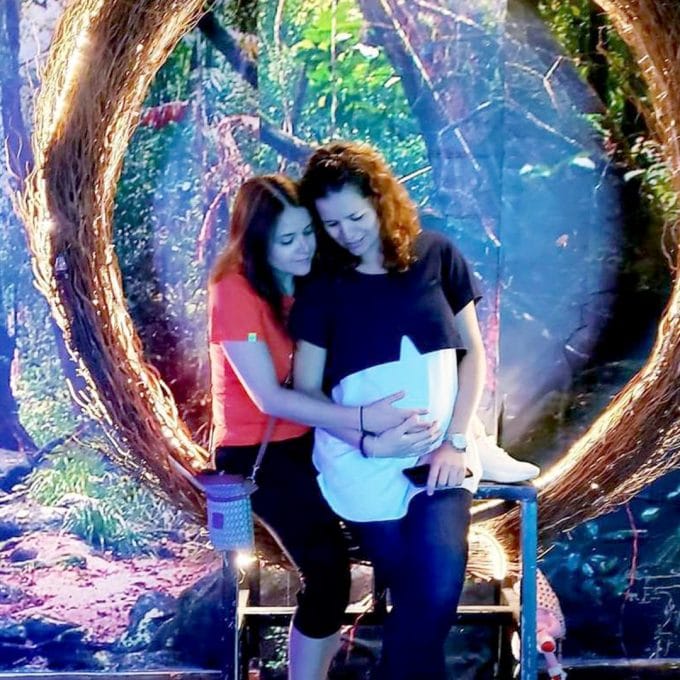
They are Mexicans living in Shanghai for professional reasons, they requested their consultation at Ingenes via internet and travelled to Mexico to start their Assisted Reproduction treatment.
Daphne is the one who carried the pregnancy, the surrogate mother, and Marlene laid her eggs to be fertilized, to form the embryos that were later transferred to Daphne.
“On February 5, 2020 we received the news that we were going to be mothers, but then we had to travel straight away. We went through the process in Mexico, but we had to return to China because the borders were closed due to the coronavirus.
Daphne – Mama Ingenes
They went through a great challenge due to the pandemic, but with proper medical care and follow-up they managed to have their babies. In China it is forbidden to know the sex of the baby during pregnancy, they only knew they were having twins, although they suspected it would be boys, and when they were born, they confirmed it:
“We wanted them with all our strength and we made them with a lot of love, they are a small part of each of us. We wanted them so badly, and every barrier was overcome. We froze Daphne’s embryos and we want to go back and have their brother or sister, and now it will be my turn to get pregnant!
Marlene – Mama Ingenes
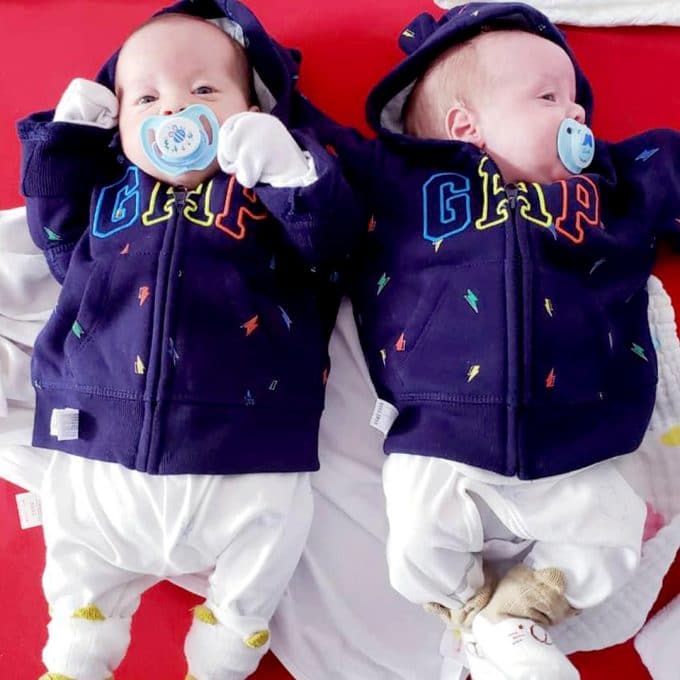
Both mothers explained that having their babies was a great adventure, and that they knew the whole process was worth it when they finally met them; and as they mentioned, they are determined to do it all over again.
Not only families, but science and technology in Mexico and around the world have evolved on a grand scale in recent years to give female couples the opportunity to have shared parenthood, having children who will be entirely theirs.
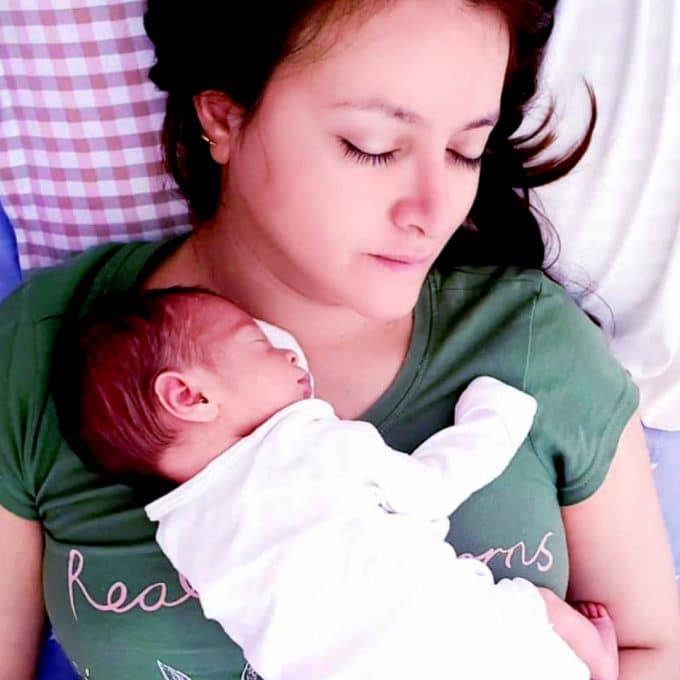
If you are looking to become a mother with your female partner, come to Ingenes and tell us your story here, we are sure we can help you to live your motherhood as you imagine it.


